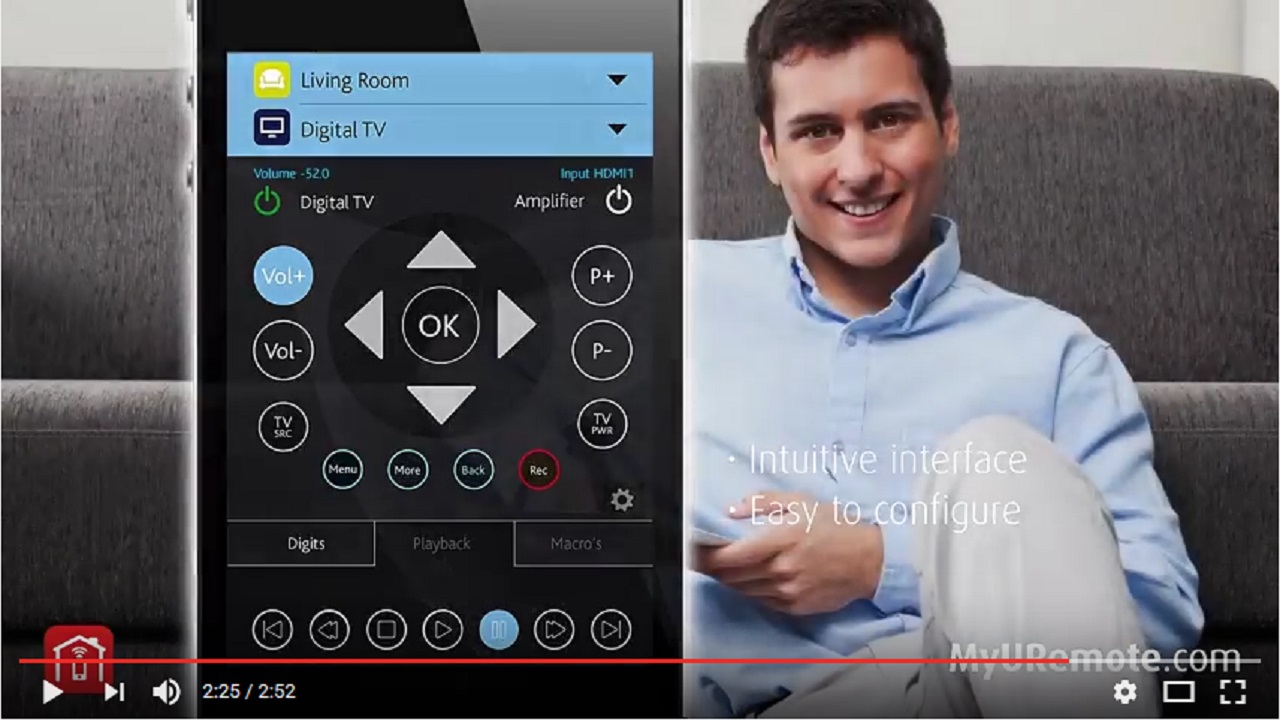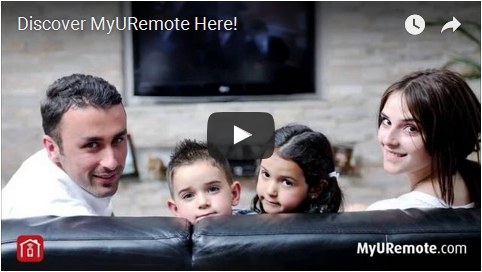How to operate your home automation with your iPhone-iPad or Android?
- The way for anyone who’s looking for an easy and affordable way to use an iPhone / iPad or Android as home control is to combine My URemote with an extender like f.i. Global Cache and the Zennio module SKX Linker.
- You decide how many sliders and buttons are needed to control all your lights, screens, curtains (including scenarios), etc…
- You can control the objects divided into zones and each zone can provide an unspecified number of controls.
- The system is bidirectional. This means that there’s every second an update about the status of each associated group address.
What do you need?
- Smartphone or tablet (Android or Apple) or PC
- Home Network
- Global Caché box (More about the suitable Global Caché products)
- Zennio module SKX OPEN (or Linker)
Settings Global Caché:
How does it work?
- The app connects to a webpage to retrieve your interface.
- When pressing a command button (ex. “lights kitchen on”), or moving a slider, the command is sent to your Global Cache box.
- The Global Cache box addresses the Zennio via RS232 (ser1 or ser2 port) and passes your command.
- The objects in the Zennio are coupled to group addresses in the KNX configuration (ETS), so every command will be send to the corresponding address on the domotics bus.
How do I connect my domotics with my tablet or smartphone?
- The app connects the IPad with your LAN. (see settings below)
- Connect the Zennio with the serial output of your Global caché via a RS232 cable
Setup
- Go to the Settings , click on “My Controllers”, “Add controller”, select “Zennio ZN1RX over Global Cache”.


- The global Caché and your mobile should be connected to the same LAN. Enter the IP address of your Global Caché in the controller settings.
- If you don’t know know the IP of your Global Caché, download this executable and run it on any PC in your network.
- Make sure that the baud rate of the serial output of the Global Cache, and the zennio, are matched to each other. (right click in ETS on “Serial Konnex Linker” to control the port settings)

- The “My Devices” button is irrelevant with the Zennio because the objects of Zennio are already linked to the group addresses in ETS.

- Goto the Settings tab, click on “My Tabs”. Edit your “Home control” tab or create one.
- For each element, click “Add element”, enter label, element type and domotics parameter.


- This shows the interface with one zone and four elements:
– two sliders for lights
– one button
– one slider for curtains
Since communication is bidirecitional, sliders appear on the correct position at once and are refreshed every second.









